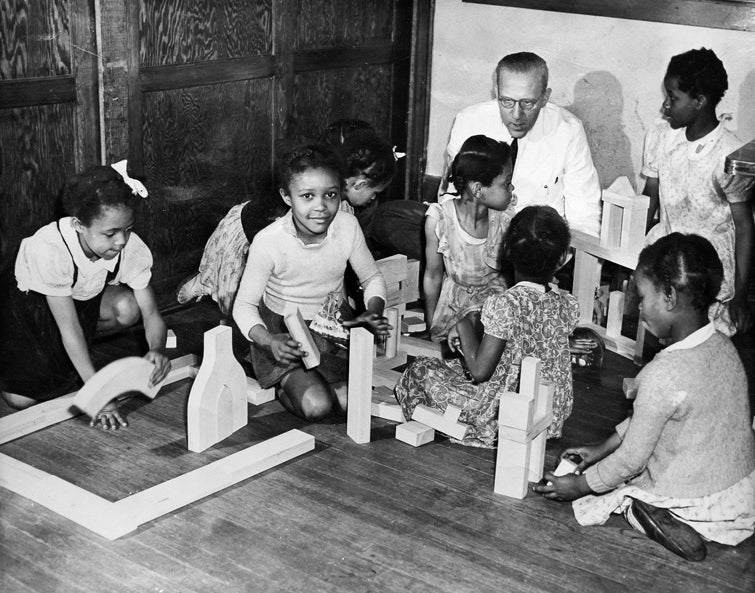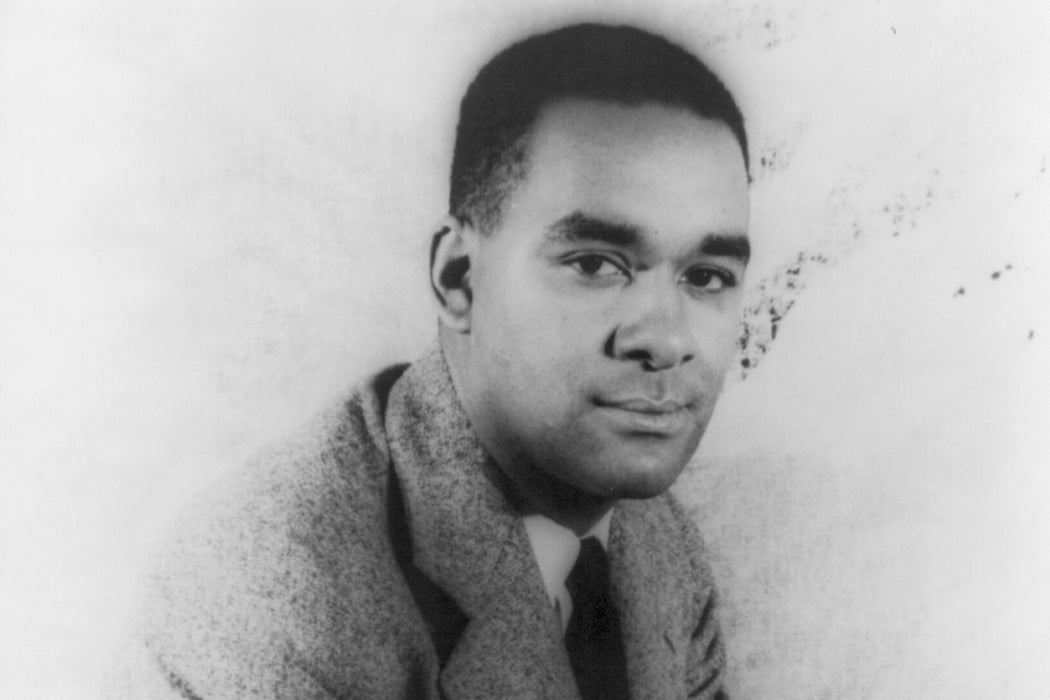In 1946, a mental health clinic opened its doors in Harlem. It was groundbreaking in both its philosophy and in its intended patient population. The Lafargue Mental Hygiene Clinic was borne of the unlikely friendship between African-American novelist and intellectual Richard Wright and preeminent Bavarian-born psychiatrist Dr. Frederic Wertham. The two men were united in their belief that persistent exposure to racism, oppression, and violence was inflicting lasting damage on the black psyche.
According to historian Dennis Doyle, this is what set Lafargue’s founders apart from the wider medical community, where racist theory still held that the black psyche was more primitive than that of whites. “Instead,” writes Doyle, “they assumed that African Americans were emotionally complex enough to be susceptible to emotional disease and smart enough to benefit from psychotherapy.”
Wertham stated in an article from the era that “anything that happens is worse for Negros than for whites…A Negro child has at birth only half the chance to live that a white child has—and those are the best odds he has from then on.” For Wertham and Wright, the epidemic of emotional disturbance and juvenile delinquency that plagued Harlem could not be divorced from the depraved conditions forced upon the neighborhood’s residents.
Wright and Wertham began their friendship shortly after the publication of Wright’s novel Native Son, which had found immediate success upon its release in 1940. Never before had a work of popular fiction explored the psychological cost of systematic racism with such nuance. Wright, already a proponent of psychoanalysis, became a spokesman for the mental health needs of black Americans.

At the time, Wertham was the senior psychiatrist of the New York City Department of Hospitals. For years, he had been trying to persuade the city to fund a mental hygiene clinic for the black community and others who could not afford psychiatric care. In Wright, the doctor found someone as passionate and outspoken as he was to take on the challenge of bringing mental health care to Harlem.
Neither the city nor the philanthropic class was interested in investing in the mental health of blacks, so Wright used his celebrity to bring national media attention to the work being done at Lafargue. He also drew support for the clinic from his friends among Harlem’s influential artistic and intellectual glitterati, like Life photojournalist Gordon Parks, and Invisible Man author Ralph Ellison, who wrote about the clinic and the psychological pressures faced by Harlem’s residents in an article for Harper’s Magazine titled “Harlem is Nowhere.”
Located in the basement of St. Philip’s Espicopal Church on West 133rd St., Lafargue’s operating hours were every Tuesday and Thursday night from six to eight p.m. Records indicate that there was clearly a need for the psychiatric services the clinic provided: in its second year, clinic staff saw an average of twenty-two patients per two-hour shift.
Weekly Digest
The clinic focused on preventative psychiatry. Severe cases, like patients with schizophrenia or psychosis, were referred to area hospitals. Staff often served as social workers in addition to their work as clinicians. The case of Martha, a single mother of three boys with “behavioral problems,” is a classic example of the type of work done by Lafargue. Separated from her husband, Martha suffered from a high level of anxiety in her daily life. Like many single mothers, she had trouble finding secure housing and accessing financial assistance. Over the course of three years, Martha received counseling and the boys attended play therapy at Lafarge. In addition, her case managers helped her apply for housing assistance and procure furniture, and worked with the Department of Welfare to track down Martha’s ex-husband.
The clinic had always operated on a shoestring budget, reliant on volunteer clinicians and donated space. It shut down permanently in 1958. Though the Lafargue Clinic was only active for little more than a decade, the revolutionary ideas practiced there, like the theory that the psyche can be shaped by exposure to trauma or other hardships and that this can be the cause of psychological distress later in life, are now an accepted part of psychological practice.







